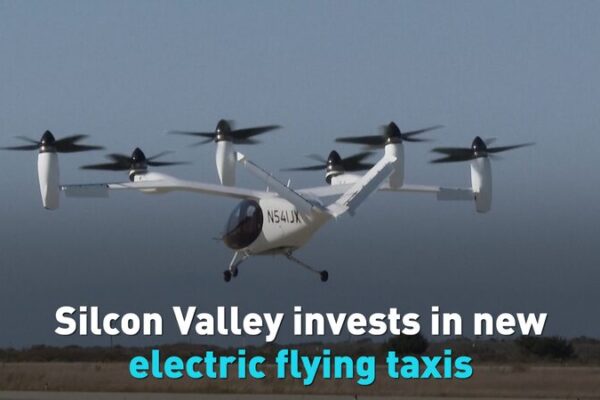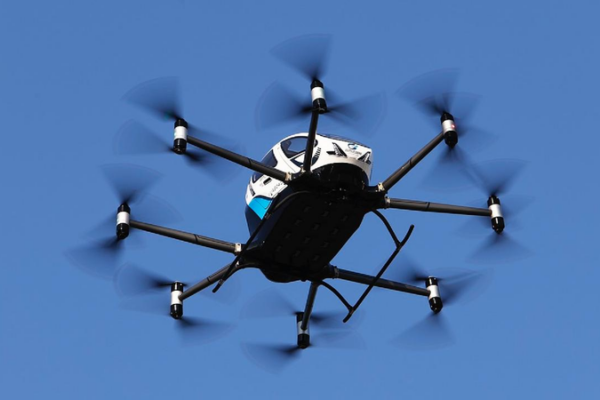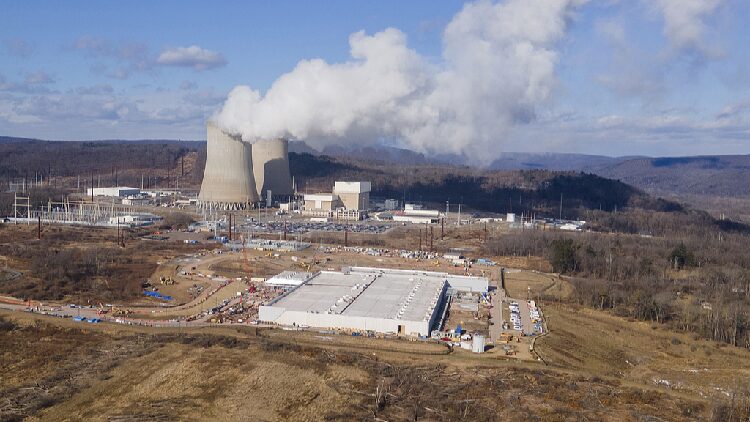The low-altitude economy is soaring to new heights, poised to revolutionize the way we think about transportation, logistics, and aerial activities. With the 2025 Annual Meeting of the World Economic Forum set to focus on reimagining growth, all eyes are on the innovations happening below 3,000 meters.
From crewed and uncrewed aerial activities to consumer applications and logistics, the low-altitude economy encompasses a wide range of technologies and services. Between 2021 and 2023, countries like the United States and the United Kingdom began piloting flying taxis, marking a significant shift toward futuristic modes of transportation. Companies like Amazon introduced Prime Air drone deliveries to real customers in select areas, bringing the concept of drone delivery from science fiction to reality.
In 2024, the Chinese mainland issued the world’s first production license for electric vertical take-off and landing (eVTOL) aircraft, demonstrating its leading role in this burgeoning industry. The global market size of the low-altitude economy stood at 2.08 trillion yuan in 2023 and is expected to reach 2.32 trillion yuan in 2024.
The Chinese market alone reached 505.95 billion yuan in 2023, with a year-on-year growth rate of 33.8 percent. Projections indicate it could soar to 3.5 trillion yuan by 2035. The country leads globally in fields such as the research and development of unmanned aerial vehicles (UAVs), equipment manufacturing, and new-generation communication technologies. Patent applications related to the low-altitude economy in China surged from 852 in 2014 to 14,134 in 2023.
As of November 2024, the Chinese mainland boasts 744 general aviation enterprises, 3,226 registered general aviation aircraft, and 470 general airports. There are 19,000 enterprises engaged in UAV operations and over 2 million registered UAVs. In 2023, the industrial scale of eVTOL aircraft in China reached 980 million yuan, a 77.3 percent increase from the previous year. This number is expected to climb to 9.5 billion yuan by 2026.
The rapid growth of the low-altitude economy signals a transformative period for global transportation and commerce. As innovations continue to emerge, the skies are becoming not just the limit, but the starting point for a new era of economic development.
For teenagers and young adults in the Global South, these advancements represent exciting opportunities. From career prospects in cutting-edge industries to the potential for improved services and connectivity, the low-altitude economy is set to impact lives in unprecedented ways.
Reference(s):
cgtn.com








